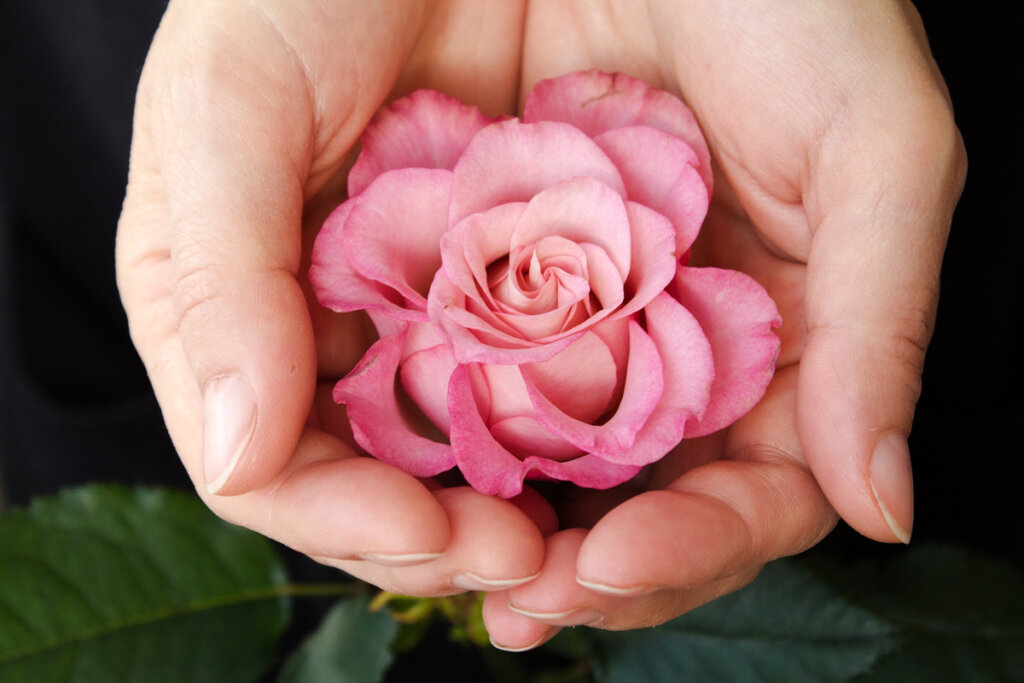Some Curious Facts About Menstruation


Reviewed and approved by the psychologist Sergio De Dios González
Throughout history, menstruation has been the subject of numerous myths and legends. It’s almost always been related to an impure state or disease, perhaps due to the natural aversion of human beings to blood. Indeed, this fluid tends to be associated with damage to the body or with an illness. This is probably the main underlying reason for its rejection or at least one of the most important.
In many cases, a link was established between menstruation and magical powers. In fact, in the Middle Ages, it was believed that menstrual blood removed warts and cured certain diseases, such as gout. Likewise, bleeding from a virgin was thought to stop infections. Furthermore, it was usually a component of the famous ‘magic potions’.
Even in the 21st century, many taboos remain around menstruation, more specifically, menstrual bleeding. It’s estimated that there are currently more than 5,000 euphemisms to refer to it. In English, we might call it a period or the time of the month, among other terms. In German, the expression, rote armee or red army is used. While in Finnish it’s hullum lechman tauti or angry cow disease. We could fill an entire book with these euphemisms.
“The personal is political.”
-Carol Hanisch-

Some curious facts about menstruation
A low or moderate level of stress doesn’t affect menstruation. However, when it’s high or chronic it does have a significant impact. In fact, cortisol, the stress hormone is capable of blocking the production of gonadotropin and other hormones. If this happens, ovulation doesn’t occur, and menstruation might come either earlier or later with greater discomfort.
Testimonies exist from female prisoners of the Auschwitz concentration camp that state that, shortly after arriving there, they stopped menstruating. Apparently, the emotional shock produced by the conditions to which they were subjected, together with a really poor diet, produced this reaction.
Although menstruation is often spoken of as a ‘women’s issue’, today this isn’t necessarily the case. Indeed, trans men and non-binary people have periods too. Similarly, there are women who’ve never menstruated due to health problems and those who’ve been through menopause. This doesn’t stop them from being women.
Hygiene and menstruation
Menstruation is a topic linked to the world of hygiene, more precisely because bleeding is usually related to feeling ‘dirty’ in some way. Interestingly, menstrual fluid is completely odorless, but when it comes into contact with the air it oxidizes and produces an odor that can be unpleasant for some people.
For most of history, vegetable or textile fibers were used as compresses to absorb menstrual bleeding. It’s even said that Hypatia, the famous Greek wise woman, threw a ‘feminine rag’ in the face of one of her suitors, to make him keep his distance. He probably got the point.
From the Middle Ages onwards, rich women used linen cloths to retain menstrual blood. The poorest made fabric or sewed a cloth for the same purposes. At that time, underwear wasn’t used, so the accessory was sewn onto girdles or attached to petticoats.
It wasn’t until the end of the 19th century that disposable sanitary towels appeared. The first patent was registered in 1885 by Robinson and Sons of Chesterfield (UK). They were surgical dressings. From then on, everything else was history. In fact, currently, the menstrual products industry is worth astronomical amounts of money.

Other curious facts about menstruation
It’s estimated that the average woman menstruates for 38 years of her life. During each monthly period, between 25 and 80 milliliters of blood is expelled, which is equivalent to about four tablespoons. The menstrual cycle usually lasts 28 days, the same as the lunar cycle. Pregnancy lasts 280 days, ten lunar cycles.
During the cycle, the woman has two peaks of sexual desire. One occurs during ovulation, the other during menstruation. As a matter of fact, it’s been proven that having sex during menstruation reduces the pain that usually occurs at this stage.
All cited sources were thoroughly reviewed by our team to ensure their quality, reliability, currency, and validity. The bibliography of this article was considered reliable and of academic or scientific accuracy.
- de Valdés, S. P. O. (2020). Menstruación: de los imaginarios a la imaginación. Estudios artísticos, 6(9), 280-292.
- Gómez-Sánchez, P. I., Mora, Y. Y. P., Aguirre, H. P. H., Robayo, S. P. J., & Lugo, J. C. P. La menstruación en la historia.
- Guzmán, M. M. A. (2022). Corporalidades menstruantes. Acercamiento a los significados de la menstruación y las prácticas de autocuidado en mujeres de diferentes generaciones.
- Langer, M. (1944). Algunas aportaciones a la psicología de la menstruación. Revista de psicoanálisis, 2(2), 211-232.
- Rodríguez-Shadow, M. J., & Rodríguez, L. C. (2014). Las mujeres y la sangre menstrual: historia, prácticas y simbolismo. Antropología de las Mujeres en México, 157.
This text is provided for informational purposes only and does not replace consultation with a professional. If in doubt, consult your specialist.








